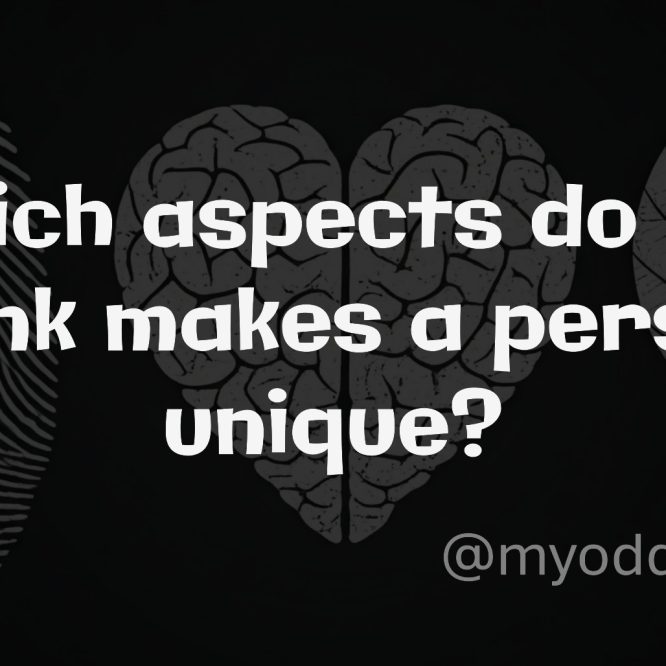Our “flaws”, our insecurities, our contradictions, our limiting beliefs. It’s these “negative” traits that make us so unique. I know what you’re thinking, “What an odd thing to believe.” But hear me out. These are the things we don’t share with everyone. These make up the person only we know. All shaped by life experiences unique to us. But I don’t see these things as flaws or things to fix. They are the cracks in our carefully curated personas, they are why we wear the masks that we do. Yes, we hear a lot about masks with neurodivergents, but we all wear them.
But I ask why? Why do we hide these parts of us?
Because we’re told these are the parts of us that we need to “fix” or heal. We’re told these are not normal things to have. If they aren’t normal, why the hell does everyone have them? Think about it. All of these things; flaws, insecurities, our contradictions, our limiting beliefs, all came from somewhere. Most of them were habits or coping mechanisms put into place as a way to protect ourselves. They served a purpose.
Take my relationship with ADHD and my supposedly “short attention span.” For years, I believed this was a fundamental flaw—something to overcome, manage, or hide. I’ve been told in the past that “I was given a short attention span because of how dangerous I’d be with a focused one.”
What I’ve discovered is revolutionary in its simplicity: my attention isn’t broken—it’s different. Through self-knowledge and acceptance, I’ve learned to integrate rather than fight this pattern. Instead of forcing my mind into conventional focus, I’ve developed what I call “adaptive focus”—a dynamic engagement that harnesses my natural ability to shift rapidly between ideas and inputs.
This isn’t distraction rebranded; it’s a fundamentally different way of processing information. Where others might see a straight line, my mind creates constellations—connecting points that traditional thinking might never bridge. What was once my greatest “limitation” has become my most distinctive strength.
Imagine a world where instead of hiding these aspects, we highlighted them like kintsugi—the Japanese art of repairing broken pottery with gold. What if the very traits you try to conceal are actually your most distinctive features? The overthinking that keeps you up at night might be the same quality that gives you unique insights. The sensitivity you’ve been told to overcome might be what allows you to perceive what others miss.
Try this thought experiment: List three things about yourself that you consider flaws or weaknesses. Now ask yourself: How have these traits protected me? What do they help me perceive or accomplish that might otherwise be missed? What would I lose if these traits were simply eliminated rather than understood?
Our uniqueness doesn’t come from our similarities to idealized standards but from the specific ways we diverge from them. It’s not our perfections that make us irreplaceable but our particular patterns of imperfection—the unique ways we’ve adapted to our experiences, the specific contradictions we embody, the distinctive ways we’ve been broken and repaired.
Living oddthentically means recognizing that integration, not elimination, creates true growth. It’s about understanding that the aspects of yourself you’ve been taught to hide might actually be your greatest gifts when properly understood and channeled.
What if the most authentic version of you isn’t waiting to be uncovered once you fix your flaws, but is already present in the complete integration of all you are—contradictions and all?
